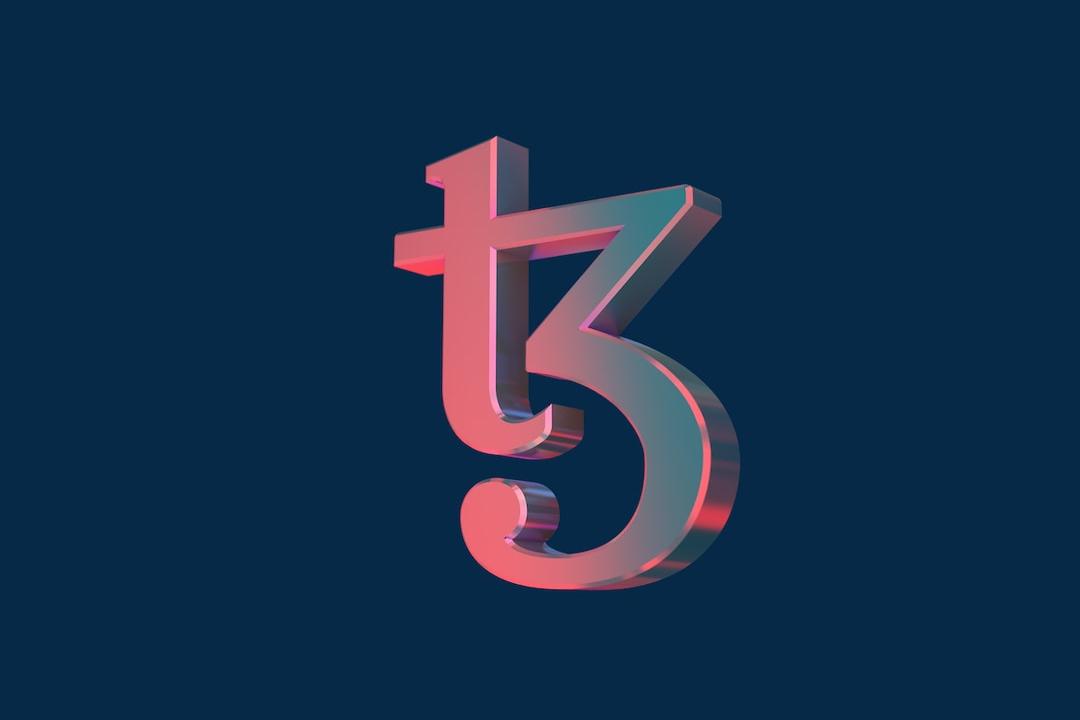The early hours of January 2 saw the Chicago Mercantile Exchange (CME) Bitcoin futures trading at $47,040, which was $1,600 higher than the spot markets. Traders are now questioning whether this spike was limited to CME futures and if it indicates an upcoming rally in the price of Bitcoin.
Some analysts speculate that the premium was caused by institutional investors anticipating the approval of a spot Bitcoin exchange-traded fund (ETF) by regulators, although the decision is still pending. Senior Bloomberg analysts estimate the likelihood of ETF approval by the U.S. Securities and Exchange Commission (SEC) at 90%, which explains some of the recent optimism among investors.
In healthy markets, monthly futures contracts usually trade with a 5% to 10% basis rate to account for longer settlement times. This situation, known as contango, is not unique to cryptocurrency derivatives. It’s worth noting that between January 2023 and November 2023, the CME Bitcoin futures had a very low premium compared to the BTC spot markets, with intraday highs rarely going above $350, equivalent to an annualized rate of 14%.
However, on November 24, 2023, the CME Bitcoin futures premium surged to $900, the highest in over two years. Interestingly, Bitcoin’s price had already increased by 41% to $37,750 in the 40 days prior. More importantly, by December 6, 2023, the futures premium had dropped to $530, even though Bitcoin’s price had risen to $43,800. In essence, investors’ optimism paid off in this case, at least for those who held their positions for two weeks.
This brings us to the more recent event on January 2, the unexpected surge in CME that resulted in a $47,095 intraday high for Bitcoin futures. Some users on the X social network noted that the movement occurred before the traditional U.S. stock markets opened, suggesting a potential period of lower activity. However, this was not the case as 4,180 BTC futures contracts were traded in the initial trading hours of 2024, equivalent to $945 million. This bullishness did not last long, as the $1,600 premium, equivalent to a 53% annualized rate, dropped to $500 throughout the day.
It is difficult to determine if the premium was triggered by stop-loss orders from leveraged shorts (bearish bets), but it is unlikely, given that Bitcoin’s price only increased by 4.6% while the CME futures markets were closed since December 29, 2023. The primary question one should ask is whether the movement occurred solely on CME.
Data from various crypto exchanges showed a 32% annualized BTC futures premium on December 2, 2023, the highest level in over two years. However, it couldn’t match the movement seen on CME, suggesting that the buying spree did not extend to the broader market. Such differences are not uncommon and can be attributed to variations in client profiles and the margin requirements of CME, which range from 40% to 50%, while crypto exchanges offer up to 100x leverage.
To better gauge market sentiment, one should look at the Bitcoin options markets, as the 25% delta skew can confirm whether professional traders are leaning bearish. Typically, periods of excitement have a -7% skew, indicating that put (sell) options trade at a discount compared to similar call (buy) instruments.
Since December 6, 2023, the BTC options market has maintained a relatively neutral stance in terms of pricing put and call options, and the rally towards $45,910 on January 2, 2024, was no exception. This data differs from Bitcoin futures markets and raises doubts about the thesis of institutional traders having insider information regarding the eventual approval of a spot ETF.
Ultimately, the spike in CME futures premiums does not reflect the broader market sentiment, which remains bullish but not unusually so, considering that Bitcoin’s price reached its highest level since April 2022.
Please note that this article does not offer investment advice or recommendations. Every investment and trading decision involves risk, and readers should conduct their own research before making any decisions.

